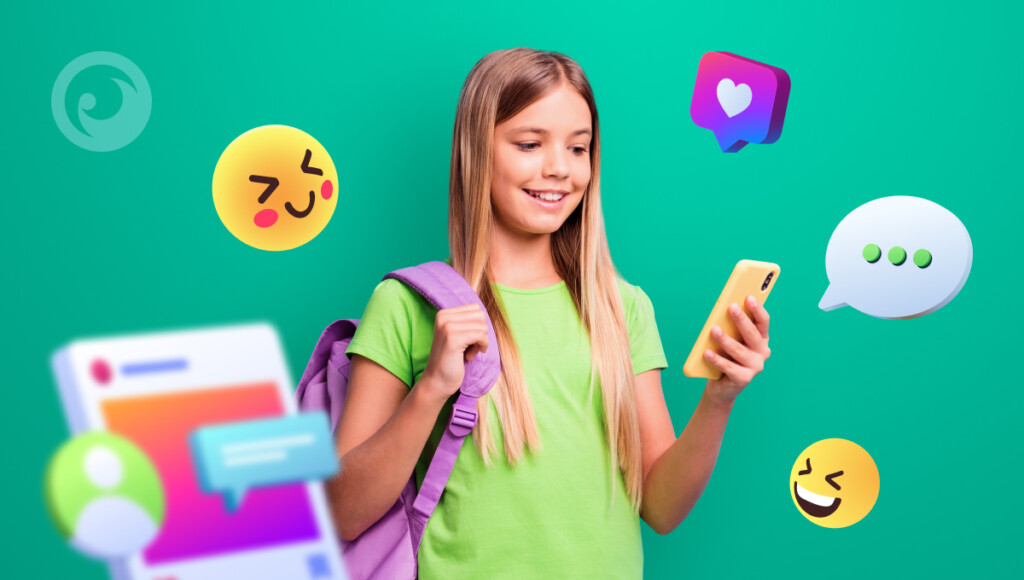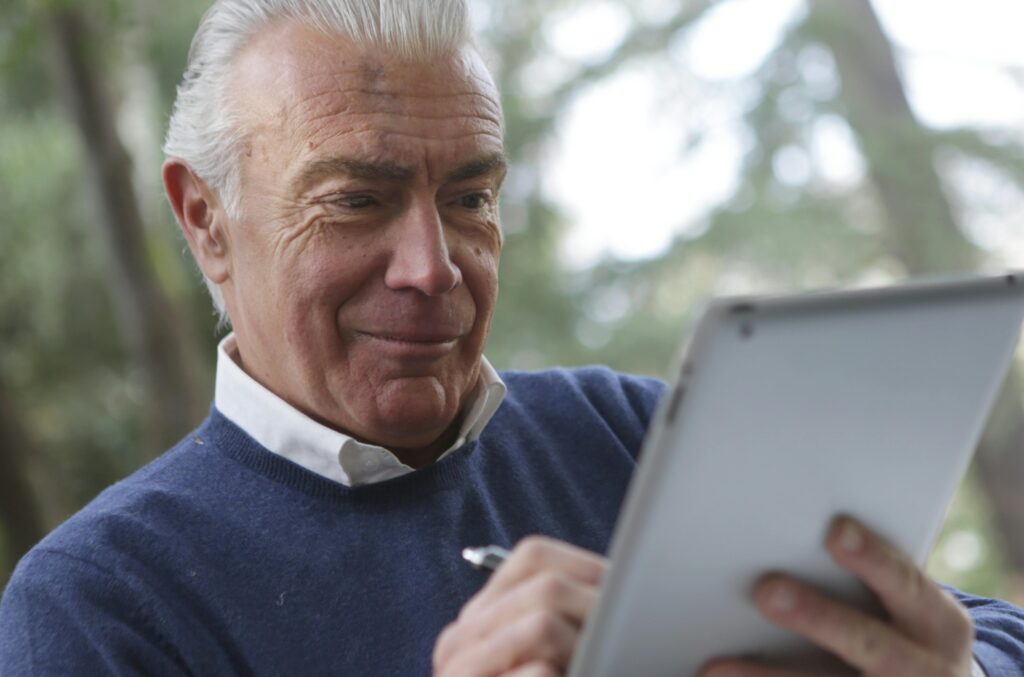As social media platforms become more integrated into our daily life, we have to find that balance between online and in-person interactions. While social media offer convenient ways to connect across distances and share life events, research shows that face-to-face social interaction provides benefits that digital-only relationships cannot.
As you consider your technology use and relationships, evaluating how to strengthen offline connections in authentic, meaningful ways deserves consideration. Using tools to monitor phone usage and set limits around social media engagement can help reclaim time for the relationships directly in front of you. With intention and consistent effort, nurturing real-life relationships will enrich your life in ways social media alone never could.
Limiting Social Media and Encouraging Face-to-Face Social Interaction
Monitoring and limiting phone and social media access can be an effective strategy to encourage more offline interactions and balance social media usage.
Restrict social media access during meals, work or school hours, and after a set time in the evening. This helps shift focus to the present moment and face-to-face conversations. Studies show that having a phone during social interactions can reduce empathy and connection.
Limit overall daily social media usage. The average person spends 2 hours and 22 minutes daily on social media, so aim for less than that. For teens and young adults, limit it to 1 hour. Reducing social media use frees up time for in-person social interaction and activities.
Monitor phone usage and set limits. Use an app to see how much time is spent on the phone and set daily time limits for different apps and websites. Disable notifications from social apps to reduce distraction and the temptation to check the phone.
Encourage device-free time. Have times at home when all devices are put away, such as during family meals, a set period before bed, or a weekend afternoon. Make spending time together without phones a habit.
Suggest social media alternatives. Propose in-person meetups, game nights, outdoor activities, or volunteering to replace social media use. Help make real-life social plans and connections a priority.
Using tools to monitor and limit social media and phone usage and actively encouraging more face-to-face interaction in daily life helps create balance. Choose to connect in person whenever possible for well-being, meaningful relationships, and an overall healthy and productive lifestyle. Spending less time on social media and more time on real-world social interaction is vital for individuals and society.
How Cell Phone Monitoring Software Promotes Healthier Technology Use
Cell phone monitoring software like TheOneSpy helps enforce healthy technology habits and balance social media use with real-world social interaction. Parents and individuals can gain insight into technology usage patterns and make adjustments as needed by tracking how much time is spent on devices and specific apps.
Set daily time limits for device and social media use. Most monitoring software allows setting daily limits for phone usage overall and limitations for individual apps like Facebook, Instagram, and Snapchat. Receiving notifications when those limits are reached helps avoid mindless scrolling and encourages engaging in offline activities.
Monitor which apps are used and for how long. Reports showing the apps used each day and for how long can reveal how much time is spent on social media. This data can then motivate change to replace online interaction with in-person socializing.
Review detailed reports to modify phone usage. Comprehensive reports provide information like the number of times the phone was unlocked daily, the most frequently used apps, and how many notifications were received. Reviewing these details regularly makes people aware of phone habits and supports making incremental changes to find the right balance of technology use for each individual or family.
Set do not disturb times. Using the do not disturb feature to turn off notifications during meals, work or school hours, and at bedtime establishes boundaries and encourages being fully present during those times. Making the most of in-person interactions and restorative sleep is vital for health, relationships, and development.
With the insights and controls provided by cell phone monitoring software, individuals can build healthier technology habits and maintain meaningful real-world connections. Striking a balance between social media usage and offline interactions improves well-being, productivity, and relationships.
Conclusion
Your social life awaits you outside of the digital world. While social media platforms provide an easy way to stay casually connected with friends and family, real-life interactions build closeness and meaningful relationships. Monitor how much time you spend engaging with social media, and set limits. That opens up more opportunities to strengthen your in-person relationships.




